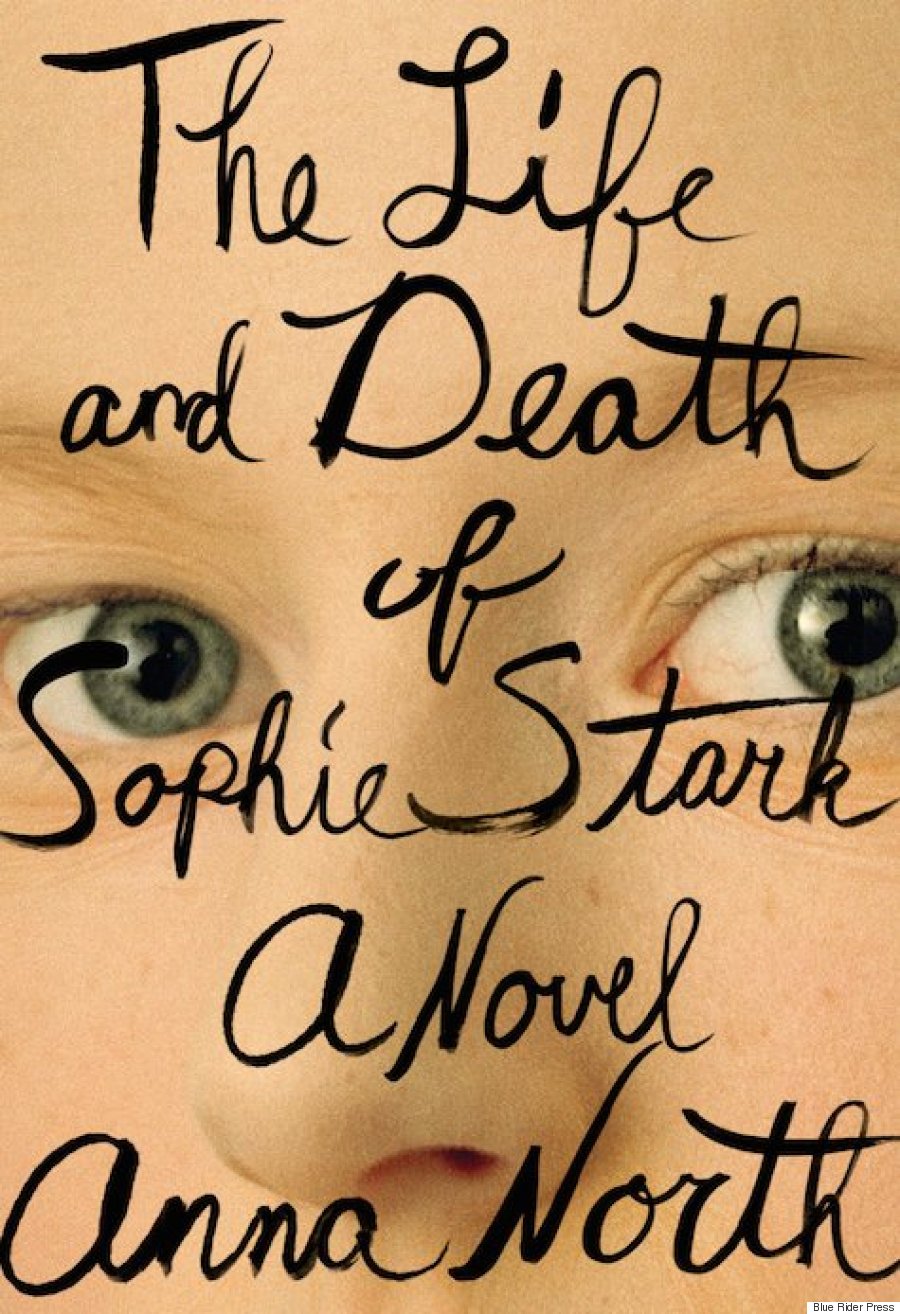The Life and Death of Sophie Stark (Hachette Australia, Nov. 2015) is a story of enchantment, illusion and compulsion that asks: what are we willing to sacrifice in the pursuit of great art?
It’s easy to feel like all the good art has already been made, like everything you grew up loving was gone before you got there. It’s especially easy to feel this way if you always wanted to be a writer and then, by the time you finally started to become one, writing was valued so little that you were apparently supposed to give it away for free. And you saw the same thing happening with music, and you realised that movies would probably be next, until the only things assigned any worth anymore were the shittiest, schlockiest, most actually worthless. If you’ve seen all this, then it’s hard to understand why smart people would keep trying to make good work, why they don’t burn their laptops and their guitars and their cameras and move to Antarctica or something.
Sophie Stark is a filmmaker, sister, stalker, lover, wife and little lost girl. She’s also an illusion. An enigma. In fact, Sophie Stark isn’t even really her real name. Through stories, recollections, emails and film reviews, North creates a fragmented portrait of an artist, in which she is careful to render her subject slightly out of focus to keep her reader asking: who is Sophie Stark?
The Life and Death of Sophie Stark is the story of a woman consumed by her art—a novel that examines that often romanticised figure of the artistic genius and considers the sacrifices artists are willing to demand of themselves and those around them in the name of art. It also asks more insidious questions: what ills are we willing to overlook in the name of art, what do we permit artists to get away with and what harm do we allow them to do to themselves in the hope that their behaviour is somehow part of their creative process? On a more practical level, it’s a story about the relationship between creativity and mental illness.
In Sophie Stark’s own words, she ‘makes movies about people.’ Her main critic, Ben, is more specific: ‘Her films to date have been stories of strange and lonely people trying to carve out lives for themselves, and only for themselves.’ Sophie sees her films as a means to understand those around her—her way of connecting with the world—and many of her viewers agree. But others argue that in her work she merely holds a mirror to herself.
In the beginning, she sees film as a medium for communicating something inexpressible, a way to connect with people. She explains during a guest lecture:
There were things I wanted to talk about in the world … but I had a hard time expressing them in words. So I learned to draw, and I did that for a little bit, and it was closer. And then I learned to take photos, and that was even closer, but it still wasn’t right. Finally when I was in college I learned how to make movies, and that was the closest, even though there’s always a gap between what I want and what’s on the screen.
But her struggle to fill that gap only makes it increasingly difficult for her to connect with the world, as she tells the students: ‘Nothing has driven me further away from people than making movies.’
North builds her image of Sophie through the stories of others. There’s Allison, who meets Sophie when both are in their early twenties and newly arrived in New York. Allison makes up a story to cover her past and Sophie turns the story into a film and casts Allison in the lead. The pair embark on an intense love affair until Sophie proves that she’s willing to do whatever is necessary to get the best performance out of Allison.
Later, Sophie takes her husband’s story of his mother’s death and reworks it for the camera with no regard for his feelings. And much earlier, for her first student film, she stalks a fellow student and provokes an attack on her person to create a dramatic ending.
By presenting Sophie through the stories of those around her North renders Sophie enigmatic and unknowable. So much so, that at times she’s more cliche than character: Brilliant, yet cold. The sexually fluid, strong-yet-fragile artist. Pale skinned with dark cropped hair. Elfin. Of course. A grown woman with childlike habits and temperament. A girl hiding behind an illusion of herself. In portraying Sophie through the eyes of those closest to her, North casts her in a hazy, romantic light: the stories are told by the people she hurts most, but also the people who find themselves under her thrall.
The Life and Death of Sophie Stark both critiques and celebrates the figure of the artist and posits that the desire to make art is a compulsion rather than a choice. However, North appears to glory in this all-consuming and often self-destructive pursuit, seemingly as enchanted by Sophie as her characters are.
That said, the questions North raises are important ones for artists and for society at large, namely: is art worth the risk? And, even if it’s not, does the artist have a choice? They are questions artists have been puzzling over as long as they’ve been making art, and in North’s narrative I found echoes of Donna Tartt’s The Goldfinch (2013) and Marisha Pessl’s Night Film (2013). They’re also questions I personally find intriguing, and combined with North’s clean yet immersive prose, they kept me reading. But the story itself is somewhat self-indulgent—art gazing at its own reflection. A little too precious for my tastes.
Thank you to the publisher for providing a copy of the book in exchange for an honest review.







